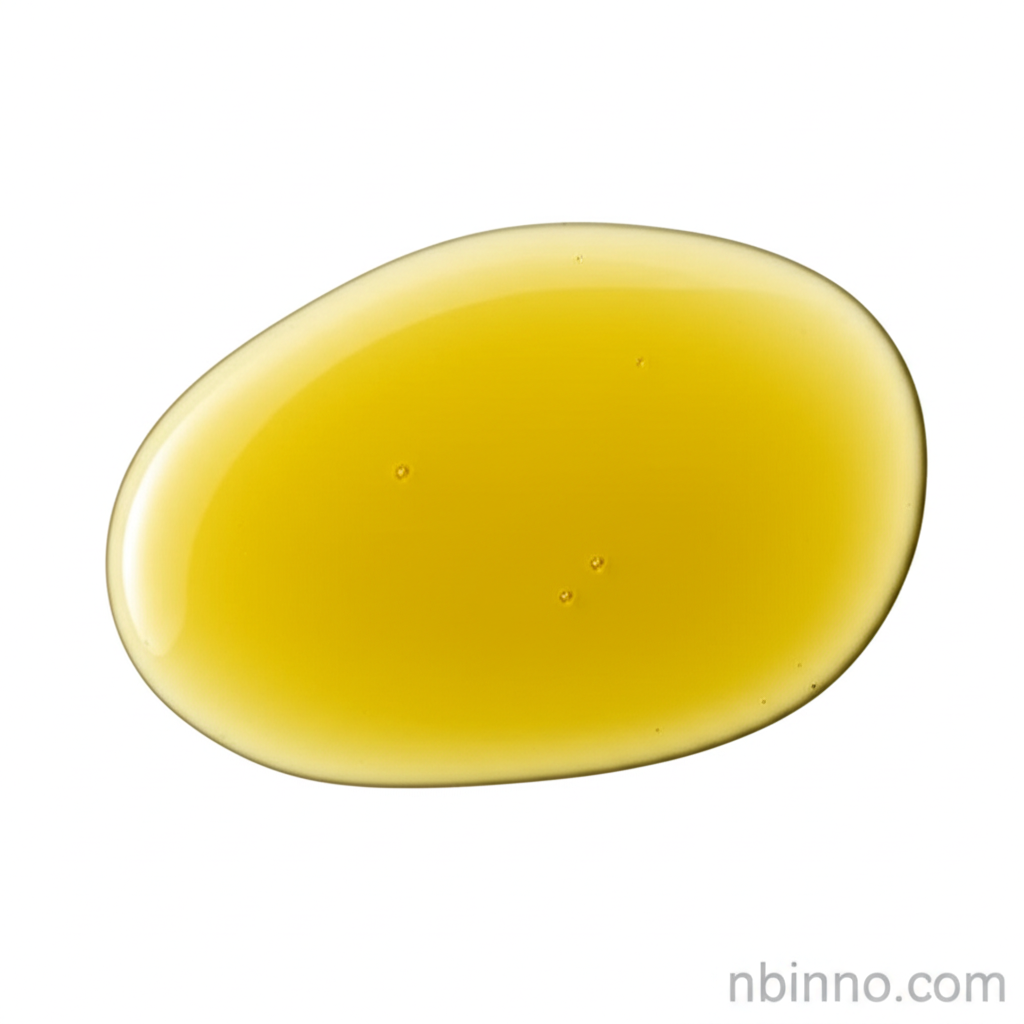Chlorodi(p-tolyl)phosphine (CAS 1019-71-2): High-Purity Ligand Manufacturer & Supplier for Catalysis
Discover Chlorodi(p-tolyl)phosphine (CAS 1019-71-2), a crucial organophosphorus compound. As a leading supplier in China, we provide high-purity Chlorodi(p-tolyl)phosphine for advanced catalytic applications. Explore its properties, synthesis applications, and secure your supply today.
Get a Quote & SampleYour Trusted Source for Advanced Catalysis Reagents

Chlorodi(p-tolyl)phosphine
As a premier manufacturer and supplier of Chlorodi(p-tolyl)phosphine in China, we offer a high-purity product vital for sophisticated chemical synthesis. This compound is indispensable for creating effective palladium catalysts used in C-C bond forming cross-coupling reactions, and serves as a key ligand in nickel(0)-catalyzed isomerization and oligomerization reactions. Trust us for a stable supply of this essential phosphinylation reagent.
- High-Purity Chlorodi(p-tolyl)phosphine: Sourced from reliable manufacturers for consistent performance in demanding applications.
- Key Ligand for Catalysis: Essential for developing advanced palladium and nickel catalysts, enhancing reaction efficiency.
- Supplier in China: Benefit from direct sourcing and competitive pricing for your chemical needs.
- Phosphinylation Reagent: A critical component in specialized organic synthesis and material science.
Advantages of Sourcing Chlorodi(p-tolyl)phosphine
Exceptional Purity and Quality
Our Chlorodi(p-tolyl)phosphine is manufactured to stringent standards, ensuring >98% purity, which is critical for achieving reliable catalytic activity and predictable reaction outcomes. We focus on delivering quality that meets the rigorous demands of R&D and industrial applications.
Versatile Catalytic Applications
This compound is a cornerstone for synthesizing highly efficient palladium catalysts crucial for Suzuki-Miyaura, Heck, and Sonogashira coupling reactions. Its utility extends to nickel-catalyzed processes, making it a versatile tool for chemists seeking to optimize synthetic routes and improve yields.
Reliable Supply Chain and Technical Support
As a dedicated manufacturer and supplier, we ensure a consistent and reliable supply of Chlorodi(p-tolyl)phosphine. Our commitment includes providing technical data, safety information (MSDS), and responsive customer service to support your purchasing decisions and application development.
Key Applications in Modern Chemistry
Synthesis of Palladium Catalysts
Chlorodi(p-tolyl)phosphine is an essential precursor for palladium catalysts used in cross-coupling reactions like Suzuki-Miyaura and Heck, enabling efficient carbon-carbon bond formation in complex organic synthesis.
Ligands for Nickel Catalysis
It functions as a vital ligand in nickel(0)-catalyzed isomerization reactions and the formation of phosphinosulfonamide nickel complexes for oligomerization, expanding the scope of organometallic chemistry.
Phosphinylation Reactions
As a reactive phosphinylation reagent, it allows for the introduction of the di(p-tolyl)phosphino group into various organic molecules, a key step in synthesizing novel compounds and materials.
Electronic Chemicals & Material Science
Its unique properties make it a valuable intermediate in the development of electronic chemicals and advanced materials, where precise molecular design is paramount.
